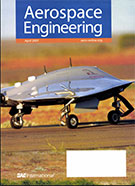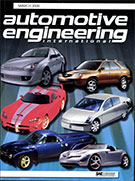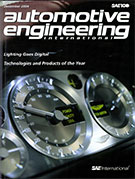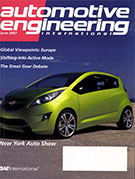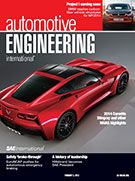Magazine

Aerospace Engineering 2003-04-01
2003-04-01
The dawn of the jet age: the first 10 years One of the ironies of aviation history is that the most obvious potential power source for a fixed-wing aircraft was barely considered by the early pioneers. Airflow simulation for winglets Embraer engineers used CFD to visualize flow patterns around wings for a design retrofit. Aircraft-engine-mounting analysis Engineers from Honeywell adapted a rapid analysis approach to develop and validate a complex propulsion system. Reshaping F-16 production Following its contract with the Joint Strike Fighter program, Lockheed Martin is reconfiguring its F-16 assembly line in preparation for long-term JSF production starting later this year.
